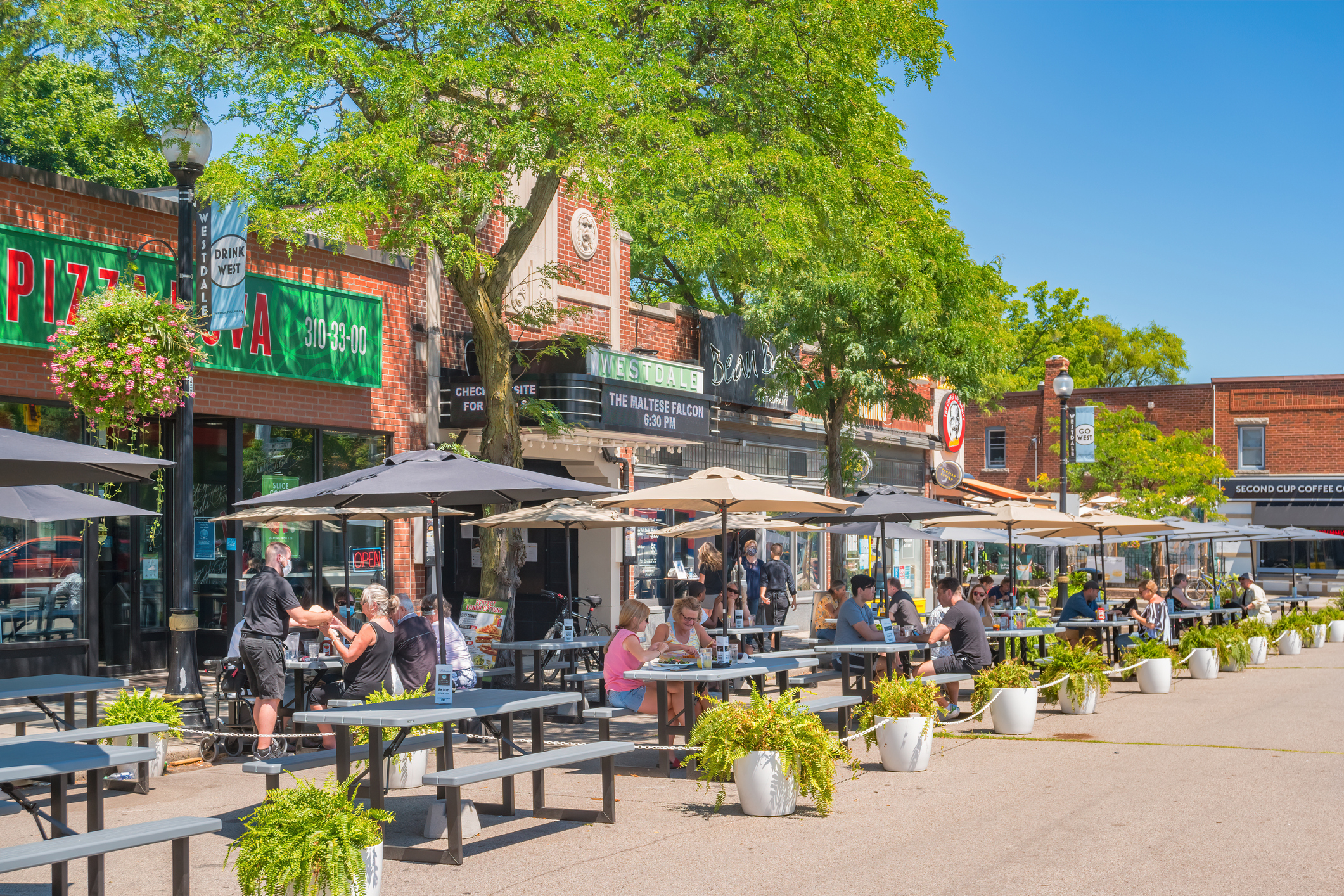John Lorinc is the senior editor of Spacing and writes about urban issues for The Toronto Star and The Globe and Mail. He is also co-editor of five Coach House Books anthologies: The Ward, The Ward Uncovered, Subdivided, House Divided, and Any Other Way: How Toronto Got Queer.When Mary Rowe, the head of the Canadian Urban Institute, moved to New Orleans to begin a fellowship in the fall of 2005, she found herself in a city that had been ravaged by Hurricane Katrina — buildings, neighbourhoods, and lives literally swept away when the levees broke. Also gone, as New Orleans’ poorest residents quickly discovered, were many of the city’s social and governmental systems — which had become notoriously corrupt and ineffective over decades.
In devastated communities like the Lower Ninth, people were left to fend for themselves. Rowe spent the next five years in New Orleans, not only studying how the city rebuilt itself, but also getting involved in a grassroots initiative designed to support local efforts to restore urban neighbourhoods. Rowe recounts a conversation she had, a few years into the process, with an activist who “had spent the first few years thinking that at any moment the cavalry was going to come over the hill and solve things. But then she realized, they weren’t, and that ‘we were the ones we’d been waiting for.’”
The experience prompted Rowe to develop a theory of “granular” civic resilience grounded in neighbourhood-level organizing in the face of extreme events. This approach focuses relentlessly on building positive — which is to say inclusive, barrier-straddling — connections that grow into the sinew that allows communities to endure, recover, and ultimately thrive. “You don’t want to be supplementing government,” she says. “At the same time, you want to enable people to be resourceful and enable their own resilience.”
Resilience, of course, has been the sexiest of urban buzzwords in recent years, not least because the Rockefeller Foundation, in 2013, decided to celebrate its centennial by launching the 100 Resilient Cities program, a US$160 million initiative that provided cash to a hundred municipalities to establish resilience offices that could develop resiliency strategies. Toronto got one of the grants and we spent two years concocting a 160-page report, which was released last year but has yet to be adopted by council. (The Rockefeller program has been since discontinued.)
As I reported on the Spacing blog, the most regrettable feature of our resilience strategy, given sheer destructiveness of the COVID-19 crisis, is that it failed to list pandemics as a potential “shock” for which Toronto should prepare, despite the fact that we were globally ostracized as a SARS hotspot in 2003. That mystifying omission, to my eye, casts a credibility shadow over the entire project, and also raises questions about whether the city has truly been thinking deep thoughts about resilience or merely pursuing a shiny philanthropic object.
There’s some evidence that the latter is closer to the truth. According to Lisa King, a City of Toronto sustainability planner, senior technical managers from a range of departments, along with Deloitte consultants, had been developing a coordinated resilience assessment tool to ensure the city’s critical infrastructure will survive crises. But when the Rockefeller money came along, all that work got sidelined in favour of a high-profile process that produced a nebulous document that spends way too much time parroting strategies that the city had already approved.
When Rowe first heard of the Rockefeller initiative — about seven years following Katrina, and the year after Hurricane Sandy slammed into New York City — she recalls feeling concerned that this etheyrcise would become too top-down and militaristic in outlook. Toronto’s resiliency strategy, such as it is, definitely isn’t militaristic, but there’s no doubt it has a top-down tenor, with all sorts of recommendations that mostly involve convening different departments and agencies to implement various policies.
In her view, a truer form of the resilience that’s both required and demonstrated in emergencies such as the COVID-19 pandemic comes from local people banding together to confront an existential threat and take care of each other. Emergency response systems will do what they do, but the capacity of a city to endure and rebuild must ultimately come from its residents and communities. This kind of resilience is inherently social and cultural, and thus seemingly lies beyond the influence of local government or existing bureaucratic systems.
Rowe envisions a highly flexible mechanism for providing resources to grassroots groups on the fly, especially the organic community “hubs” that spring up around kitchen tables, in library meeting rooms or, in the current crisis, on Zoom. How to mobilize something like what Rowe describes, however, is far from obvious.
What is clear is that in this moment of fraught and unfamiliar crisis, all sorts of innovative ideas are bubbling to the surface, even in our physically distanced state. It’s also true that while the nature of disasters varies tremendously, what they have in common is that ordinary people are forced to adapt and, in the process of surviving, invent all sorts of ways of supporting one another.
As the old saying goes, never waste a crisis. So as we hunker down until this pandemic ends, the resilience mandarins would do well to document the myriad examples of homemade resilience cropping up all over the city and then learn from what worked well — and why — once we’re all on the other side of this thing.
That’s what New Orleans did after Katrina, and it’s what Toronto should be doing after COVID-19.



